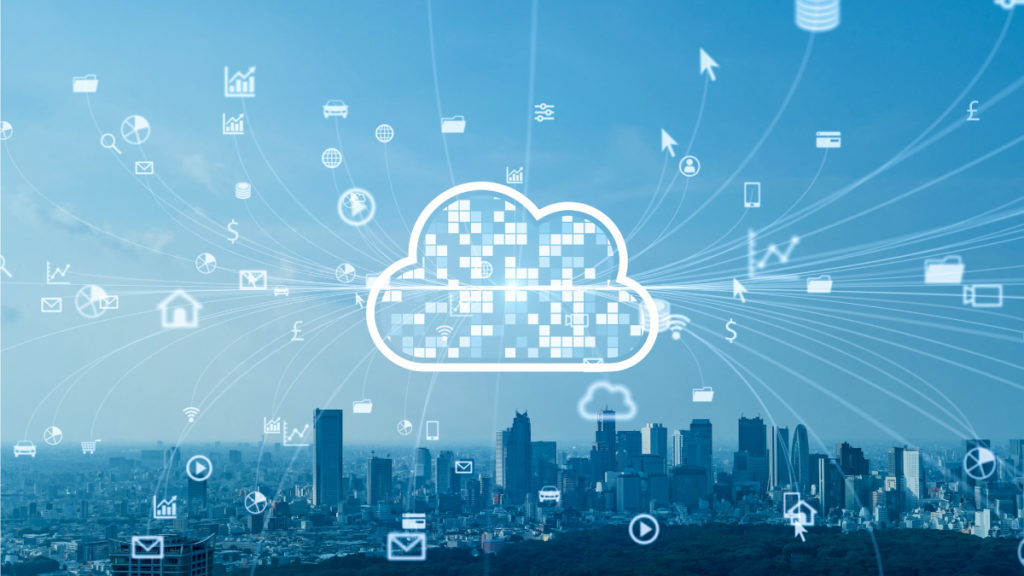Billing tools, billing software, billing systems, billing engines, billing platforms. Regardless of the term used, all refer to programs that enable you to track the billing of products and services rendered. From basic to sophisticated, the one thing they all have in common is their ability to reduce time-consuming manual processes and make it easier for your finance team to track projects and estimates, convert quotes into invoices, receive payments in a timely manner, and track customer payments against the invoices issued.
Aside from small businesses that may be able to efficiently use spreadsheets, billing software has become a staple for companies across every industry. Let’s look at why a billing solution is needed and what you should look for to ensure it meets not only today’s needs but can grow with your business and easily adapt to future requirements.
Why Billing Tools are Essential
Billing is complex and a single error could have negative consequences on your profitability. Today’s enterprises, especially subscription-based and recurring revenue organizations face a myriad of billing challenges. Things like managing real-time revenue recognition, handling revenue contracts and performance obligations, scheduling revenue, and accurately handling advanced revenue recognition/advanced journal entries. Revenue recognition accuracy, as well as security and privacy requirements, have never been more important or stringent. Today’s businesses are under much stricter guidelines and need to adhere to compliance and security standards such as ASC 606, IFRS 15, SOC1/SOC2, PCI, etc.
At its most fundamental level, billing tools eliminate manual data entry and ensure that accounting figures are accurate. Basic solutions focus on the billing aspect of the order-to-cash (O2C) process and automates the generation and sending of invoices, collects payments, and tracks expenses. The next level of billing systems provides the ability to handle approvals and provisioning, as well as rating, dunning, and collections.
More sophisticated billing platforms take billing automation to the next level. These enterprise solutions not only support core billing functions like configure-price-quote (QPC), mediation, rating, billing, invoicing, collections, and revenue recognition, but also handles functions that are outside core billing processes like inventory management, credit checks, and much more.
What to Consider if You’re Considering a Billing Solution
Depending on the size of your company, your business model, pricing schemes, your industry, etc., the billing tools and platform need to provide features and functions specific to your requirements. However, there are some key components that every enterprise-ready billing solution should include:
- Support for any product, any service, any bundle, any promotion, and any discount plan – without the need for manual intervention.
- Automation of complex billing and rating scenarios.
- Ability to simulate the revenue impact of new pricing models or pricing changes.
- Fast and easy transition from simple one-time and subscription-based pricing models to more complex models such as metered, usage-base, value-based, etc.
- Ability for customers to quickly and accurately upgrade/downgrade pricing tiers.
- Automation of the entire quote-to-cash (Q2C) process.
- Ability to handle complex account hierarchies, price products and services contextually, and implement creative pricing strategies in real time.
- Integration with up and downstream systems for a fully integrated financial ecosystem.
- Support for a variety of payment methods and quickly accept and process payments on a global basis.
- Use workflows to execute billing processes at scale.
- Extract data and translate the information into actionable insights.
- Empower customers to serve themselves.
- Support for localized billing requirements, including multi-currency, multi-lingual, regional taxes, etc.
- Alignment with global regulatory standards, including application-level encryption and managing user access with role-based permission, etc. to adhere to compliance requirements.
- Deliver the foundational architecture and technology for the agility and configurability needed to quickly adapt to changing market requirements and provide the ability to extend the platform as your business grows.
While there are a number of billing tools that can provide some or all the features/functionality listed, it is important to remember that not all solutions are created equal.
Monetize Your Business with the Right Enterprise Billing Platform
You have a choice when it comes to billing tools. While the enterprise billing platform needs to meet your requirements both today and in the future, it also should have the ability to adapt to the changing needs of your prospects and customers.
Developed in the cloud, BillingPlatform provides the flexibility and scalability needed to handle customer requirements quickly and efficiently, as well as easily adapt to the technologies that tomorrow will bring. Unique in the industry, BillingPlatform was designed to enable organizations, like yours, overcome monetization challenges. Unlike other billing tools on the market, we easily adapt to a limitless variety of business models, fulfill 100% of your business requirements, and enable you to automate and monetize the full Q2C lifecycle. Request a free 14-day trial to see for yourself.



